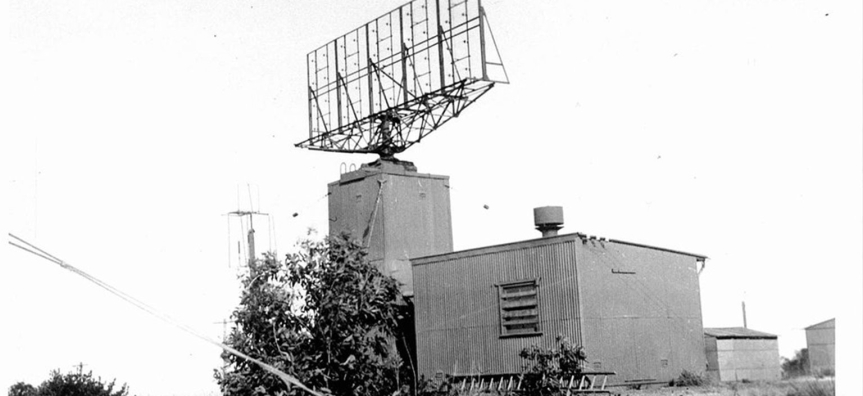
Did you know Collaroy Plateau Park is the birthplace of Australian Radio Astronomy?
On 3 October 1945, Dr Joseph Pawsey with Ruby Payne-Scott and Lindsay McReady from CSIR (later CSIRO) conducted the first successful Australian radio observations (using a RAAF WWII radar unit) of the sun.
Joseph L Pawsey FRS, an Australian, completed his science education in Cambridge, UK, first worked in the new English TV transmissions from 1934. He returned to Australia to join a secret wartime Division of CSIR (later CSIRO), Radiophysics Laboratory in Sydney to develop Australian radar. Following the success of the detection of solar radio waves in Collaroy, he led the CSIRO's Radio Astronomy group till his death in 1962.
Ruby Payne Scott was an Australian physicist, educated at Sydney and started her career as a teacher. With the onset of WW2 she became one of the first scientists employed by the Radiophysics Laboratory. In October 1945 Pawsey, Ruby and Lindsay McCready, also from Radiophysics, made the first successful Australian experiment to detect radio waves from the sun on 3 October 1945.
This is the graph of the actual recordings of the detected radio waves from the sun and the lines reflect the varying strength of the waves over time.
The radio waves are generated from active regions around sunspots, also shown in the diagram. Similar activity on the sun's surface is seen in ultraviolet light in the colour picture above.
From these beginnings the new science of Radio Astronomy emerged. A number of experimental field stations quickly sprang up to explore the new vista and in 1961 Australia commissioned the 64 m Parkes Radio telescope. Australia has remained at the forefront of Radio Astronomy and is currently building the next generation of radio telescope in Western Australia as part of the International Square Kilometre Array.
Joe Pawsey and his colleagues' observations were driven by curiosity, driven by science, as is usually the case in astronomy. As a result we better understand the nature of the sun, other stars and the universe. However, the work led to many other technologies such as Wi Fi and medical imaging techniques.
Find out more on our History Hub.
